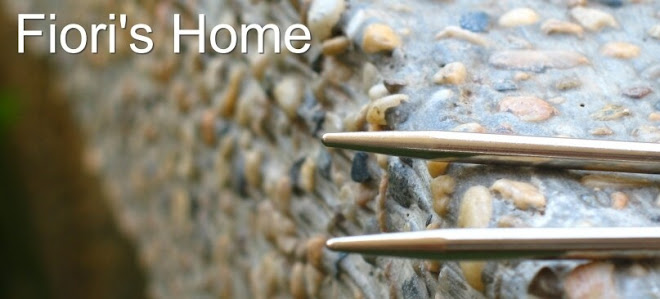The Evolution of Crochet Hook
With today's wide variety of lovely crochet hooks crafted in a plethora of fabulous materials, styles and colors, it's hard to imagine the rather crude, unappealing tools our crochet forbearers had to use.
The earliest crocheters didn't have chain stores or mail-order catalogs to fulfill their needs for crochet implements. They fashioned their own, usually of wood, bone or metal. In Ireland, exquisite Irish crochet laces were worked with hooks made from stiff wire inserted into a piece of wood or cork. The end of the wire was filed down and a hook turned at the end. Looking back into history, I am amazed that these early crocheters could turn out such lovely pieces of needlework with the crude tools with which they had to work.
As crochet grew in popularity and technology flourished, crocheters enjoyed a Renaissance in the production of crochet hooks. Crocheters in the upper classes could take their pick of beautiful hooks hand-carved from wood, bone or ivory, or made of mother-of-pearl, tortoiseshell, abalone, horn, agate or sterling silver, and sometimes inlaid with gemstones.
In the early 1920s, sets of interchangeable crochet hooks became popular. Each set consisted of a single handle, perhaps of bone or amber, with an assortment of short steel hooks generally ranging in sizes from 1 to 14. The crocheter simply selected the size hook she needed for her project and screwed it into the tip of the handle.

In America, the Boye Needle Company produced the first complete line of American-made steel crochet hooks in 1917. Each hook sold for a nickel.
World War II forced the government to order the cessation of nickel plating for crochet hooks in 1942, and Boye began a special black plating process known as "hoto" black process. Nickel plating was not reinstated until the latter part of May 1945. Aluminum crochet hooks appeared in 1923, and hooks for hairpin crochet were introduced in 1935.
Today, we enjoy the convenience and availability of crochet hooks in an almost limitless variety of eye-catching styles and colors. From exotic woods and sparkling glass to dazzling beaded and hand-painted creations, we can revel in the pleasure of using beautiful, finely-crafted crochet hooks that look as good as they work.

+resize1.jpg)
+resize.jpg)

5 comments:
Hi, I enjoyed your article on the evolution of the crochet hook. But could you tell me who made the rose figural hook in the middle of the bottom picture? I bought a couple hooks from the same artist and am trying to find out who made my hooks. Thank you, Karen
Yes, please identify the artist of the rose figural
hook. It is stunning and I would love to know who created such an exquisite piece.
Would love to know where to buy all those lovely hooks! Do you have URL addresses for these artists? Please do share. thank you!
Yes where can I buy these hooks online? Thank You
Yes, where can I buy these crochet hooks online? Thank You.
collazocathy@gmail.com
Post a Comment